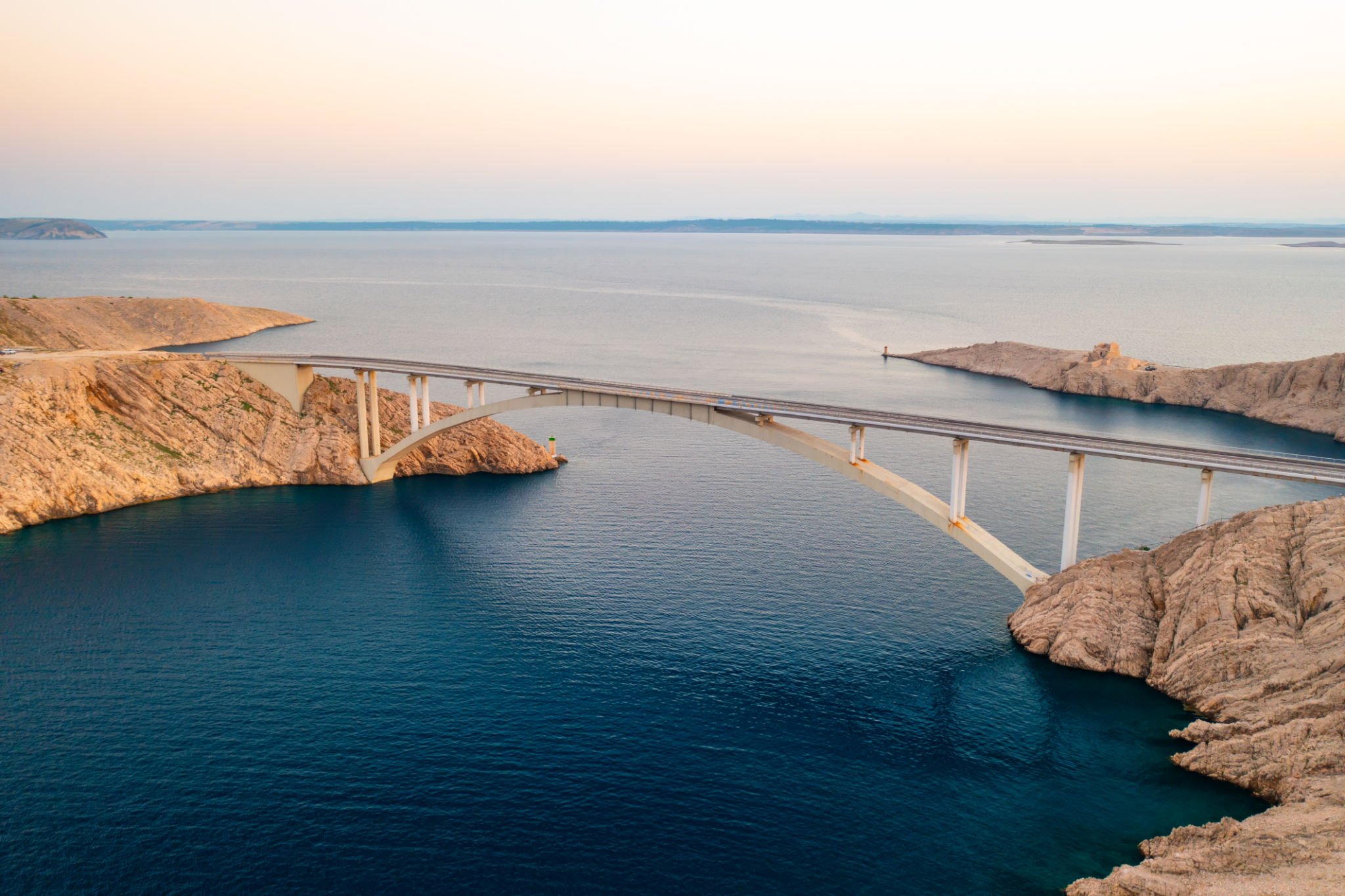Understanding the Impact of Environmental Engineering on Coastal Regions
Introduction to Environmental Engineering in Coastal Regions
Coastal regions are dynamic environments that face unique challenges due to their proximity to oceans and seas. Environmental engineering plays a crucial role in managing these challenges by implementing sustainable solutions. This field focuses on mitigating the impact of human activities and natural forces on coastal ecosystems, ensuring their health and resilience.
Environmental engineers work to balance the needs of development with the preservation of natural habitats. Through innovative technologies and strategies, they strive to protect these vulnerable areas from erosion, pollution, and climate change.

The Role of Environmental Engineering
Protecting Coastal Ecosystems
Coastal ecosystems, such as wetlands, mangroves, and coral reefs, are vital for biodiversity and serve as natural barriers against storms and flooding. Environmental engineers design and implement projects that help preserve these ecosystems. This includes restoring degraded habitats and creating artificial structures that mimic natural ones.
Addressing Climate Change Impacts
With rising sea levels and increasing storm intensity, coastal regions are more vulnerable than ever. Environmental engineering provides solutions like sea walls, levees, and sustainable drainage systems to protect communities. By using nature-based solutions, such as restoring dunes and wetlands, engineers can enhance the natural resilience of these areas.

Sustainable Development in Coastal Areas
Balancing Development and Conservation
One of the greatest challenges in coastal regions is balancing development with environmental conservation. Environmental engineers work closely with urban planners and policymakers to ensure that development projects are sustainable. This involves conducting environmental impact assessments and designing infrastructure that minimizes ecological disruption.
By promoting green building practices and incorporating renewable energy sources, engineers help reduce the carbon footprint of coastal developments. This approach not only protects the environment but also enhances the quality of life for residents.

Innovative Technologies and Approaches
Advanced Materials and Techniques
The use of advanced materials and techniques in environmental engineering has revolutionized coastal protection. Geotextiles, for instance, are used to stabilize soil and prevent erosion, while biotechnical methods integrate living plants with engineering structures to strengthen shorelines.
Community Involvement and Education
Engaging local communities is essential for the success of environmental engineering projects. By educating residents about the importance of coastal conservation and involving them in planning and implementation, engineers can foster a sense of ownership and stewardship.
Workshops and outreach programs help build awareness and encourage sustainable practices among coastal populations, ensuring long-term protection and management of these regions.

